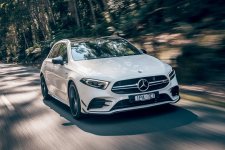I would question this claim of 11,000 lb/ft torque. It sounds amazing, and would turn heads, it’s a marketing ploy for sure.
Electric motor torque is calculated thus rated differently to the way we know it in the automotive (non electric) world.
The work we, VTI (Volvo Trucks International) have been doing with electric trucks, has been fantastic.
I think I mentioned VERA in an earlier thread??
Simply put, hp is generated by how many windings are in the motor, toque is generated by how big the whole apparatus is. Voltage & RPM also has a different effect on the calculation.
To generate a true reading of 11,000 lb/ft of torque, as we know it, (I would assume there would be 1 moter per wheel) each motor would need to be the size of a 205L (44 gallon) drum, if not bigger.
This is VERA
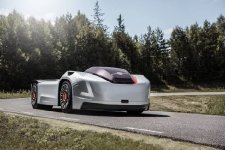
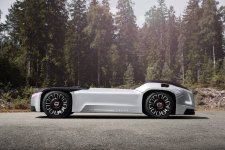
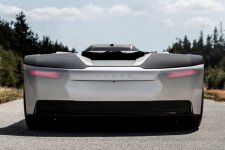
When motors get bigger, in smaller applications (compared to ships for instance) then they need to be attached to some type of gear box or a transmission, because the driven component can not handle the severe speed at which the motor will want to spin almost immediately.
Motors are more happier running extremely fast, the slower they run, the bigger they have to be
Here is a good example.
The latest Dyson digital motor. It spins at 120,000 rpm. ( the one on the left)
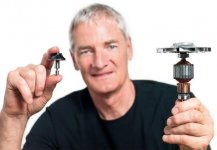
In comparison, the Mermaid Pods (Mermaid is a Rolls-Royce owned name, compared to Azimuth Pods used on other ships) that are attached to the Queen Mary 2 spin at between 75-175 rpm in one direction only. The propellers shown are also like aircraft propellers, they are variable pitch, for maximum pulling power or cruising.
(Note the propellers are in front of the motor pod, the streamlining of the pod after the propeller reduces drag and stops cavitation. Also note there is no rudder in the QM2, direction is simply by spinning the pod opposite to the direction you wish to travel)
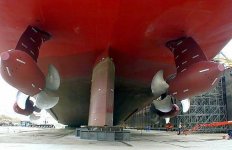
 Big $$$$s out there still.
Big $$$$s out there still.

